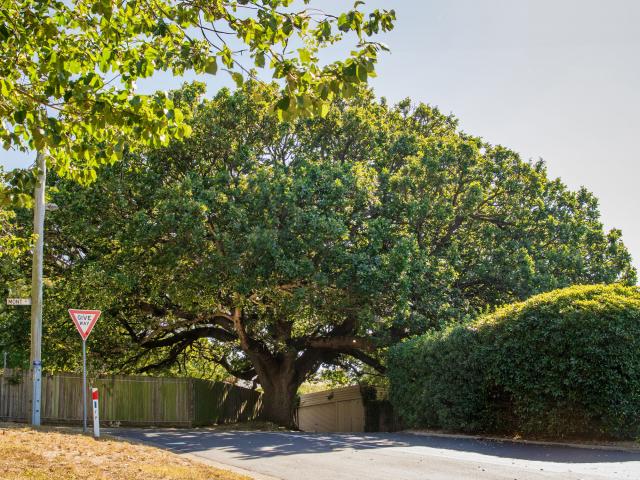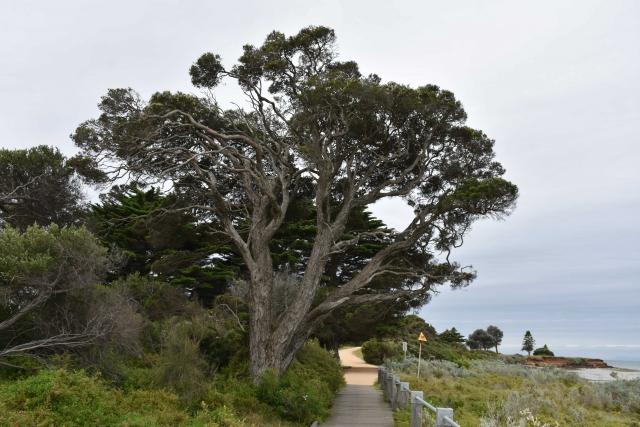
For the second year running, Greater Geelong has been recognised as a Tree City of the World by the United Nations Food and Agriculture Organisation.
To receive recognition as a Tree City of the World, a town or city must meet five core standards: establishing responsibility for the city’s trees, setting policy that governs tree management, having an updated tree inventory, dedicating an annual budget for a tree management plan, and holding an annual celebration of trees.
Greater Geelong mayor Trent Sullivan expressed the City’s pride in being recognised as a Tree City once again.
“The Greater Geelong trees are not just part of our landscape; they contribute to the City’s livability and distinct neighborhood charm,” he said.
“Whether it’s the iconic hoop pines along our waterfront or the majestic elm trees, our trees are living assets that require continuous care and management.
“This recognition solidifies our commitment to ensuring the City’s trees are sustainably managed, properly cared for, and celebrated.”
The Tree City accreditation coincides with two Greater Geelong trees being newly added to the National Trust of Australia register.
A Moonah tree in the Foreshore Reserve, St Leonards and an Algerian Oak tree at Mont Street, Newtown have both been given ‘state significance’ classifications by the National Trust of Australia, deeming them an essential part of Australia’s heritage.
Councillor Peter Murrihy, chair of the Environment and Circular Economy portfolio, said the addition of the two trees to the National Trust of Australia register highlights their value to the community.
“Both trees are significant local landmarks that are often visited by families and are popular sites for wedding photography,” he said.
“These trees are a part of our Greater Geelong heritage and must be preserved for future generations to enjoy.”







